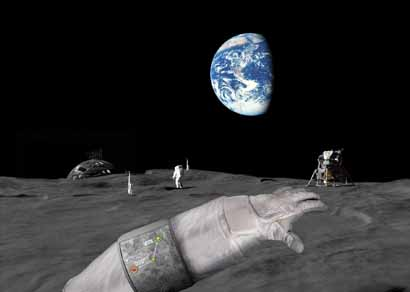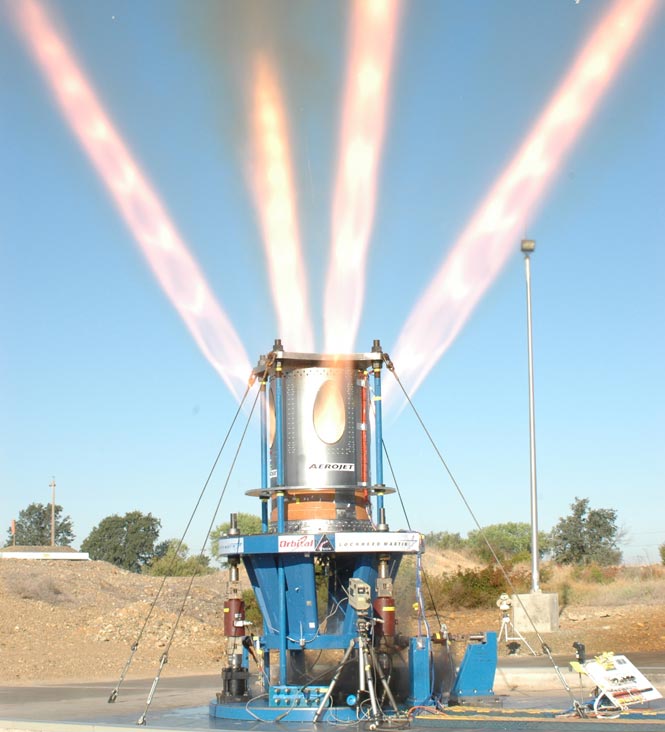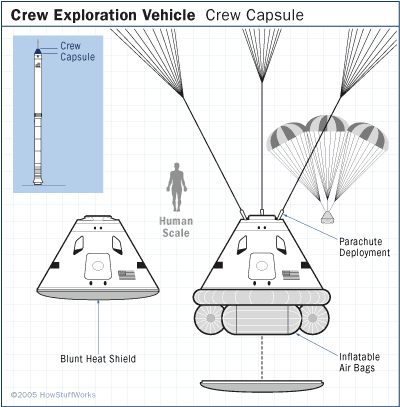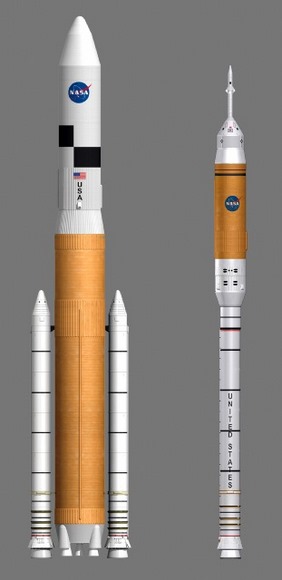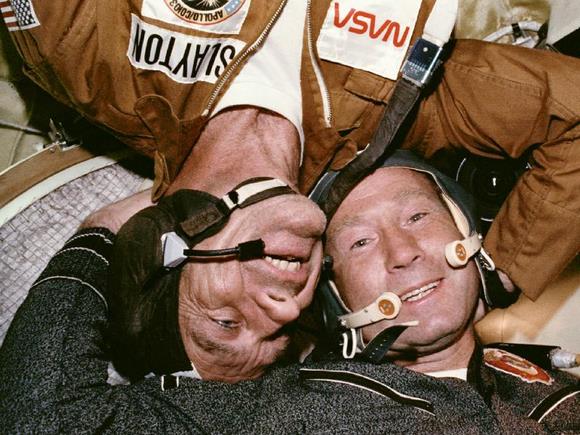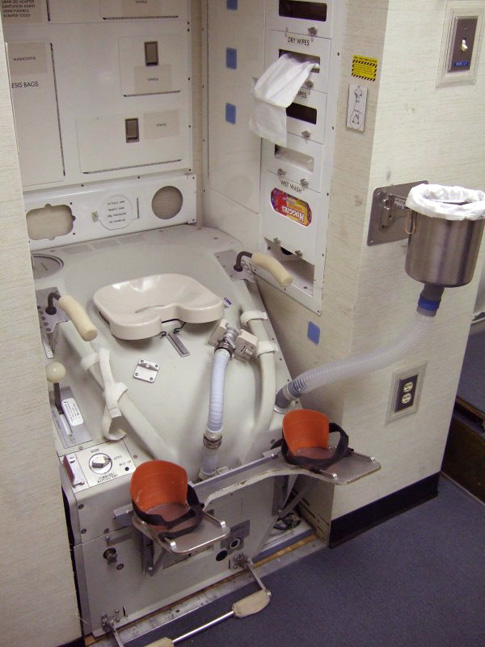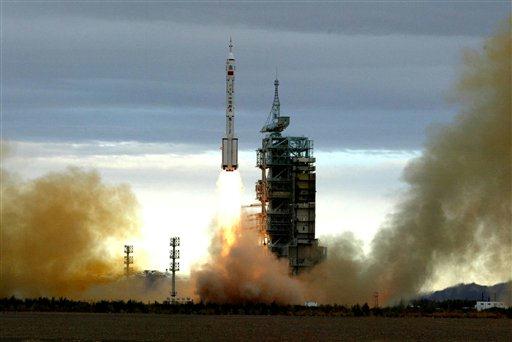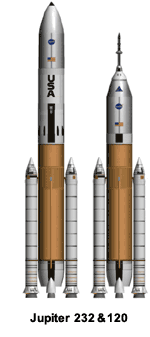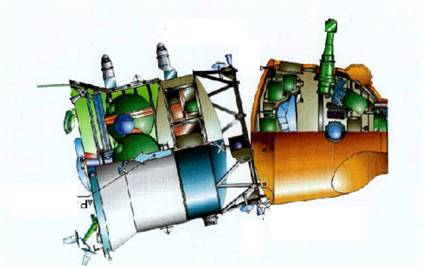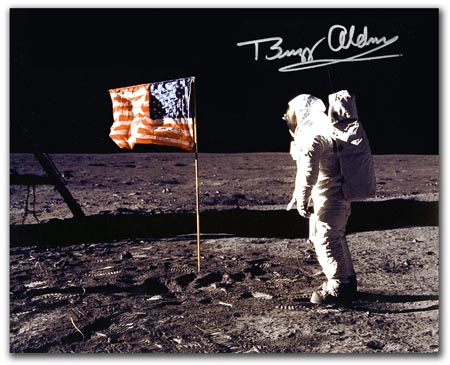During the second moonwalk of the Apollo 14 mission, Alan Shepard and Edgar Mitchell were hoping to walk to the 300 meter (1,000 feet) wide Cone Crater on the moon, not far from their landing site. However, the two astronauts were not able to find the crater’s rim amid the rolling, repetitive terrain. Later analysis using pictures the two astronauts took determined they had come within 65 feet of the crater. People are used to having certain visual cues to judge distances, such as the size of a building or another car on the horizon, said Ron Li, who has been awarded a $1.2 million grant to develop a navigation system to be used on the moon. Since the moon has no landmarks or cues to help determine distance, getting lost, or misjudging a distant object’s size and location would be easy, and extremely dangerous. New technology like sensors, inertial navigation systems, cameras, computer processors, and image processors will make the next trip to the moon easier for astronauts.
Li, from The Ohio State University, developed software for the Mars rovers Spirit and Opportunity, which has helped him learn a lot about navigation. The navigation system to help future astronauts find their way around moon won’t use satellites; instead the system will rely on signals from a set of sensors including lunar beacons, stereo cameras, and orbital imaging sensors.
Images taken from orbit will be combined with images from the surface to create maps of lunar terrain. Motion sensors on lunar vehicles and on the astronauts themselves will allow computers to calculate their locations. Signals from lunar beacons, the lunar lander, and base stations will give astronauts a picture of their surroundings similar to what drivers see when using a GPS device on Earth. The researchers have named the entire system the Lunar Astronaut Spatial Orientation and Information System (LASOIS).
Astronauts will have a keypad and screen, possibly right on their spacesuits, to view their location and search for new destinations.
Keeping astronauts safe will be a top priority for Li’s team, which includes experts in psychology and human-computer interaction as well as engineering.
“We will help with navigation, but also with astronauts’ health as well,” Li said. “We want them to avoid the stress of getting lost, or getting frustrated with the equipment. Lunar navigation isn’t just a technology problem, it’s also biomedical.”
News Source: The Ohio State University

